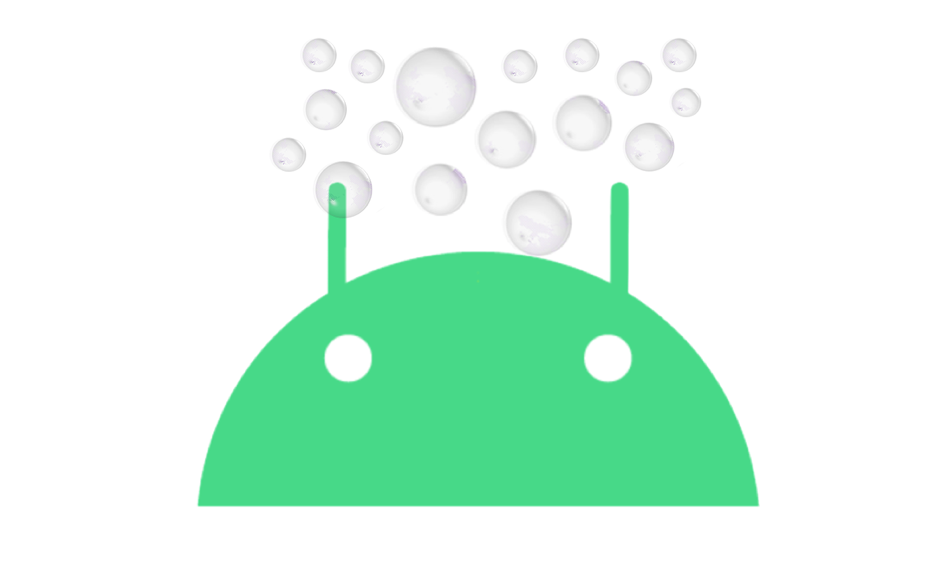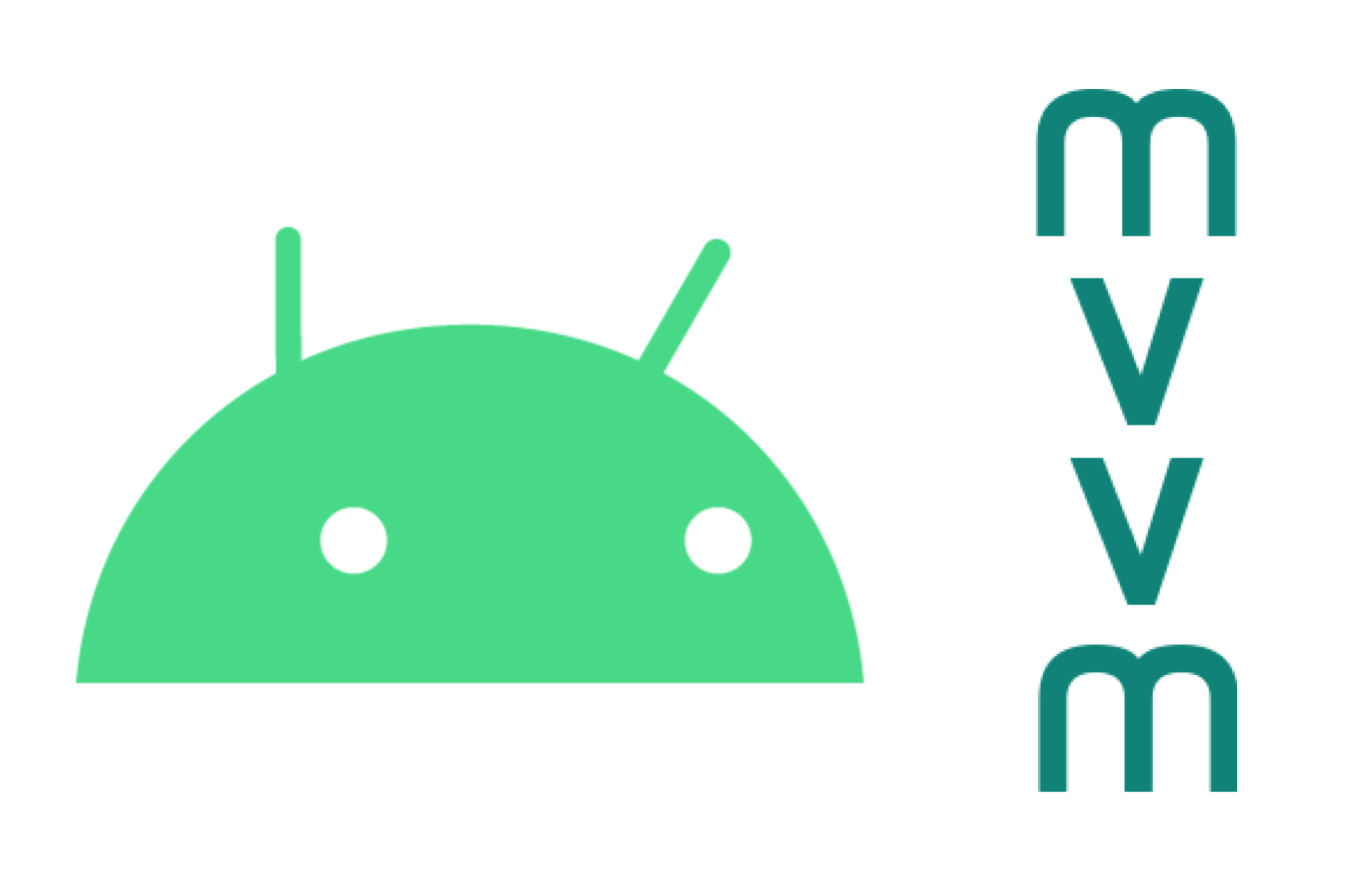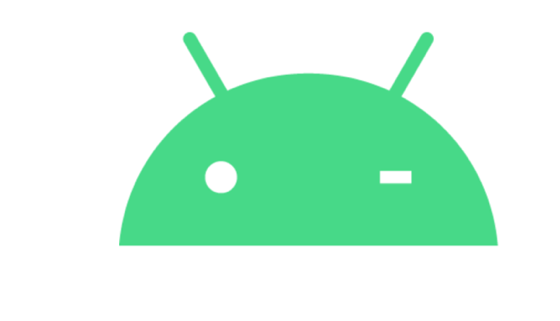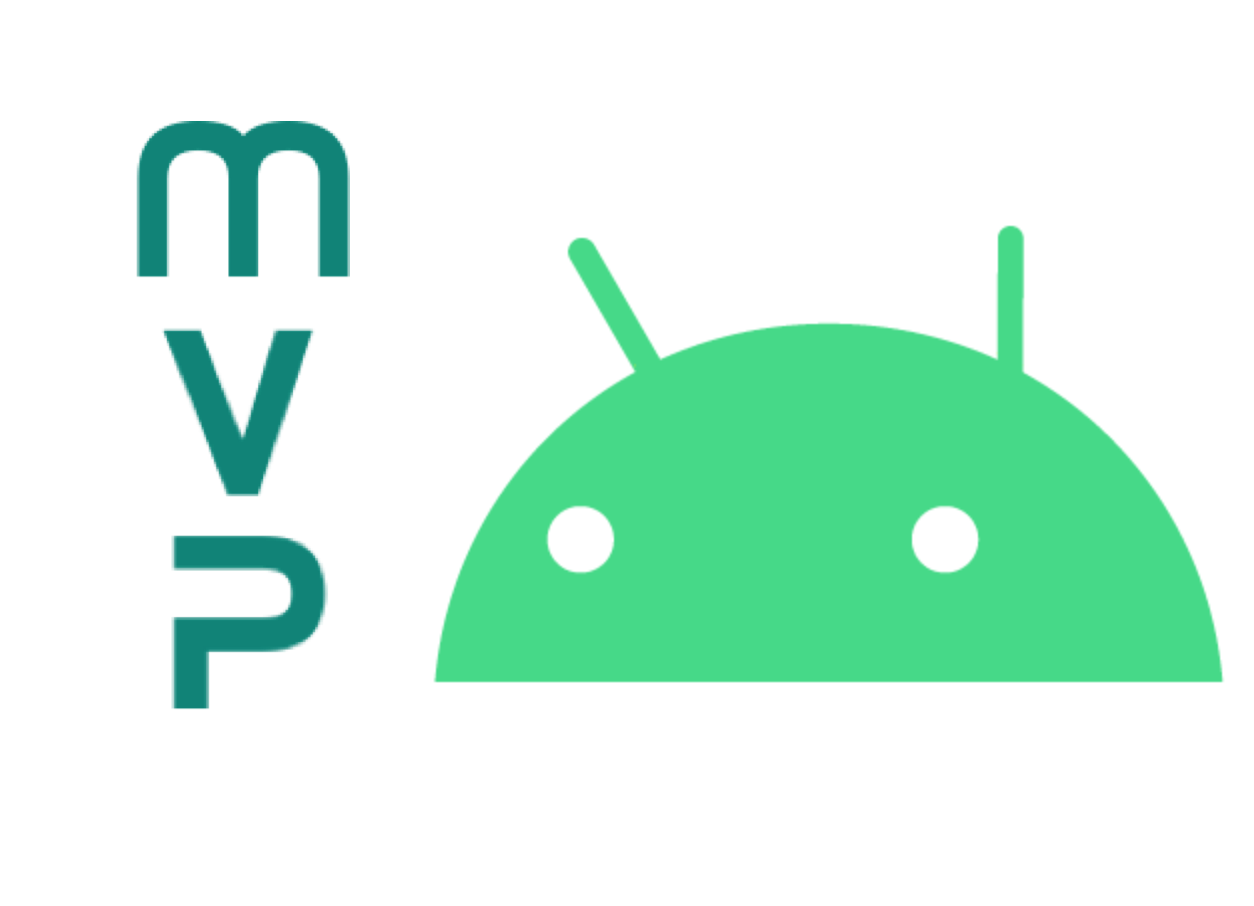Welcome
Here you will find 42 guidelines that are used for creating good android applications. These guidelines cover: SOLID principles, design patterns, dependency injection tools like Dagger, and many more. These guidelines are formed in this article. In this article a mixed-method research is applied that combines: (i) semi-structured interviews with Android practitioners in the field, and (ii) a systematic analysis of both the grey (e.g., websites, on-line blogs, etc.) and white literature (i.e., academic studies) on the architecture of Android apps. Finally, a set of 42 guidelines for architecting Android apps is systematically synthesized from the obtained practices. The emerging guidelines are organized around 4 themes including the most adopted architectural patterns and principles when developing Android apps.[1] These themes include: MVVM, MVP, Clean, Generic.
MVVM
The MVVM pattern allows easy design changes and classes become more testable using this architecture. Where Model represents the datasource. This layer is accessed to update/store and retrieve the data. The View-Model exposes methods and variables for the view to use. The View uses the variables and methods from the View-Model to interact with the user.Generic Practices
Using these guidelines, will not only improve user experience, but will also make your life easier as a programmer. Examples are: Dagger (dependency injection tool), using cache to improve user experience, and what to think about starting a new project. Click this button to read these guidelines.References
- Verdecchia, R., Malavolta, I., & Lago, P. (2019). Guidelines for Architecting Android Apps: A Mixed-Method Empirical Study. In 2019 IEEE International Conference on Software Architecture (ICSA) (pp. 141–150). https://doi.org/10.1109/ICSA.2019.00023



